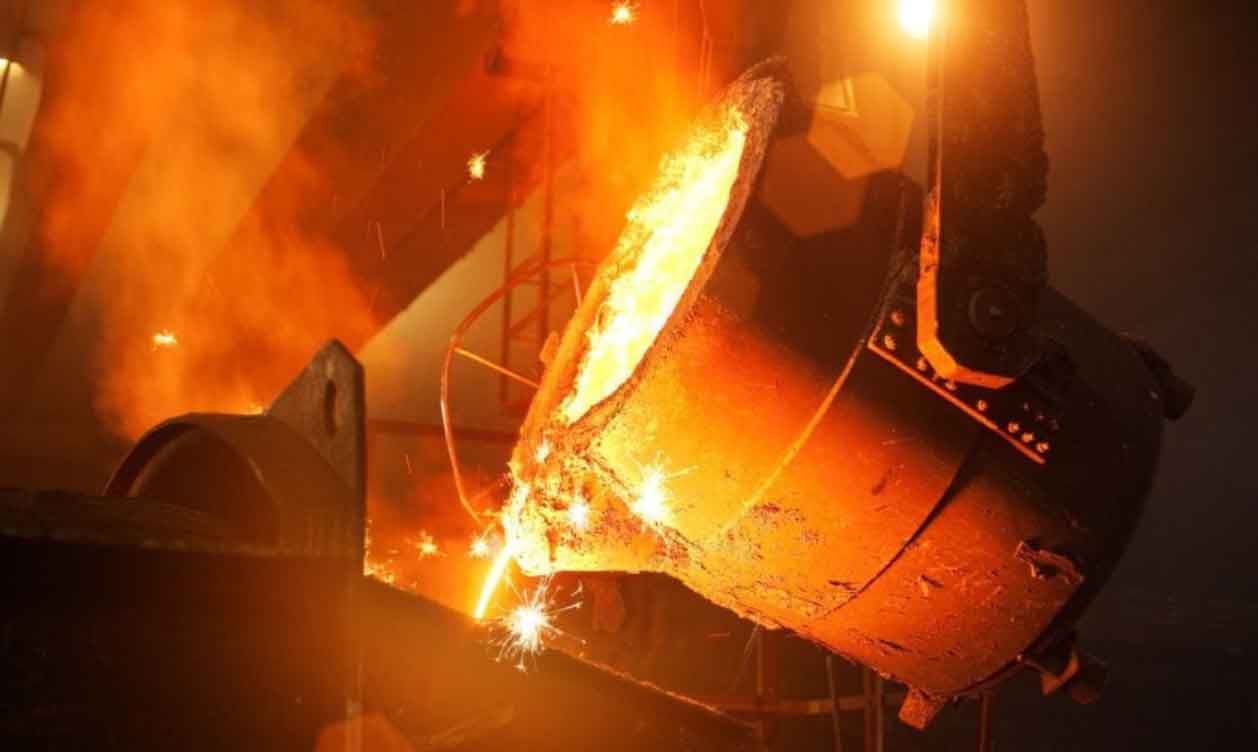Investment casting and V-method casting are two distinct casting processes used for the production of metal parts. Let’s compare them in terms of their process, capabilities, advantages, and disadvantages:

Investment Casting:
- Process: Investment casting, also known as lost-wax casting, involves creating a wax pattern of the desired part, coating it with a ceramic shell, and then melting the wax to create a hollow mold. Molten metal is poured into the mold, and after solidification, the ceramic shell is removed to reveal the final part.
- Complexity: Investment casting is suitable for producing complex parts with intricate details, fine features, and thin walls. It allows for the replication of intricate designs and provides excellent dimensional accuracy.
- Surface Finish: Investment casting offers excellent surface finish, with the ability to achieve smooth, polished, and detailed surfaces without extensive post-processing.
- Material Options: Investment casting supports a wide range of materials, including ferrous and non-ferrous alloys such as steel, aluminum, bronze, and titanium. It is well-suited for producing high-quality parts with diverse material requirements.
- Versatility: Investment casting is highly versatile, capable of producing parts of various sizes and complexities, including parts with internal cavities or undercuts.
- Batch Production: Investment casting is suitable for both small-scale and large-scale production. It allows for batch production of parts, making it suitable for customized or low to medium production volumes.
V-Method Casting:
- Process: V-method casting, also known as vacuum molding, involves creating a mold using a vacuum-formed plastic film. The plastic film is heated and draped over a pattern to form the mold cavity, and molten metal is poured into the mold.
- Complexity: V-method casting is suitable for producing parts with moderate complexity and can replicate simpler to moderately complex geometries. It is limited in replicating intricate details compared to investment casting.
- Surface Finish: V-method casting provides good surface finish and dimensional accuracy. The plastic film used in the process helps achieve relatively smooth surfaces on the cast parts.
- Material Options: V-method casting supports a wide range of materials, including ferrous and non-ferrous alloys such as iron, steel, aluminum, and copper alloys.
- Flexibility: V-method casting offers flexibility in mold production as the plastic film molds can be easily and cost-effectively produced, modified, or replaced.
- Batch Production: V-method casting is suitable for small to medium production runs, making it ideal for customized or low to moderate production volumes.
Advantages of Investment Casting:
- Capability to produce complex parts with intricate details and thin walls.
- Excellent surface finish and dimensional accuracy.
- Wide range of material options, including ferrous and non-ferrous alloys.
- Versatility in producing parts of various sizes and complexities.
- Suitable for both small-scale and large-scale production runs.
Disadvantages of Investment Casting:
- Longer production cycle compared to some casting methods.
- Higher costs associated with the intricate wax pattern production and ceramic shell manufacturing.
- Limited to parts that can withstand the high-temperature melting of wax.
Advantages of V-Method Casting:
- Capable of producing parts with moderate complexity.
- Good surface finish and dimensional accuracy.
- Flexibility in mold production and cost-effective mold modifications or replacements.
- Suitable for small to medium production runs.
Disadvantages of V-Method Casting:
- Limited in replicating intricate details compared to investment casting.
- Slower production compared to certain casting methods like die casting.
- Increased labor and material costs associated with mold production and plastic film usage.
When choosing between investment casting and V-method casting, consider factors such as part complexity, surface finish requirements, production volume, material options, and cost considerations. Here are some additional factors to consider:
- Part Complexity: If your parts have intricate details, thin walls, or complex geometries, investment casting is the preferred choice. It offers superior capability in replicating complex designs and achieving high levels of dimensional accuracy.
- Surface Finish Requirements: Both investment casting and V-method casting can provide good surface finish, but investment casting generally offers a smoother and more polished surface without extensive post-processing. If your parts require a high-quality surface finish, investment casting may be more suitable.
- Production Volume: Investment casting is suitable for both small-scale and large-scale production runs. It allows for batch production and is often used for customized or low to medium production volumes. V-method casting is more suitable for small to medium production runs due to the limitations in mold production and cycle times.
- Material Options: Both casting methods support a wide range of materials, including ferrous and non-ferrous alloys. However, investment casting has a broader material selection, making it suitable for specialized applications or specific material requirements.
- Cost Considerations: Investment casting typically involves higher initial costs due to the intricate wax pattern production and ceramic shell manufacturing. However, for complex parts or larger production volumes, the per-part cost can be more competitive. V-method casting may offer cost advantages in terms of mold production and modifications.
- Lead Time: Investment casting often requires longer lead times due to the steps involved in wax pattern production and ceramic shell manufacturing. V-method casting generally has shorter lead times as it involves simpler mold production processes.
By evaluating these factors and considering your specific project requirements, you can make an informed decision between investment casting and V-method casting. It is advisable to consult with casting experts or manufacturers who can provide insights into the suitability of each method for your specific application. They can help assess the complexity of your parts, material requirements, surface finish needs, and production volumes to guide you towards the most appropriate casting method.
